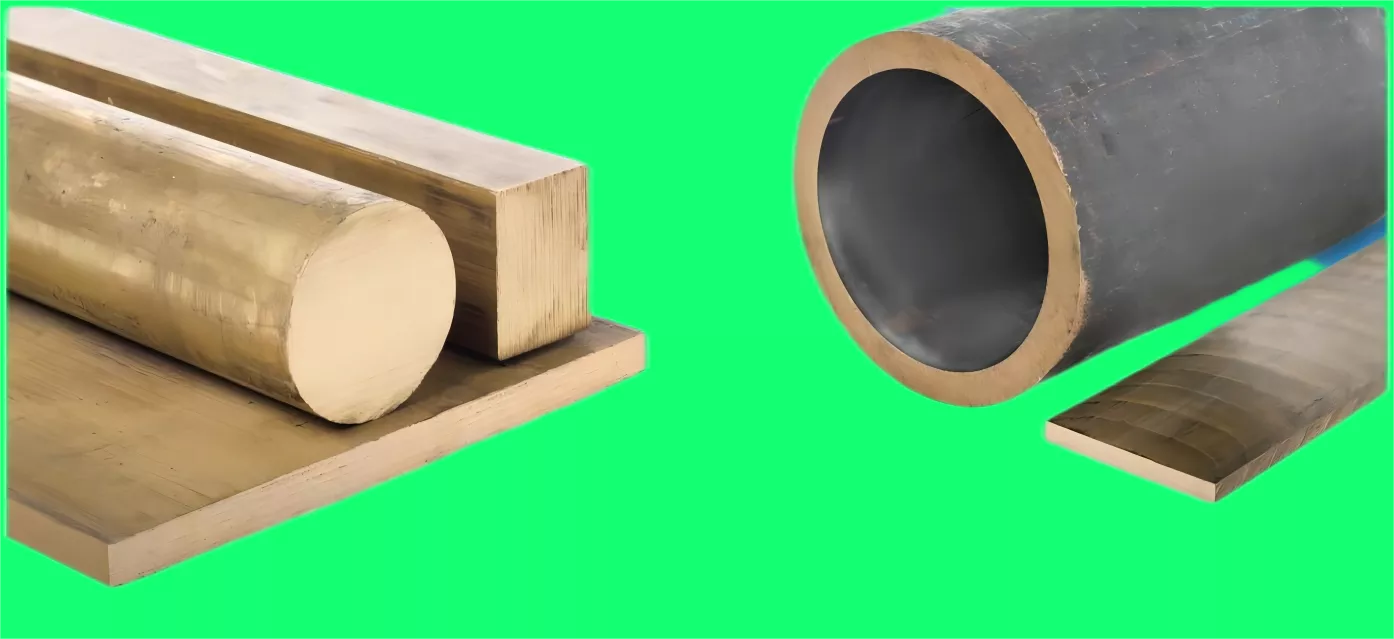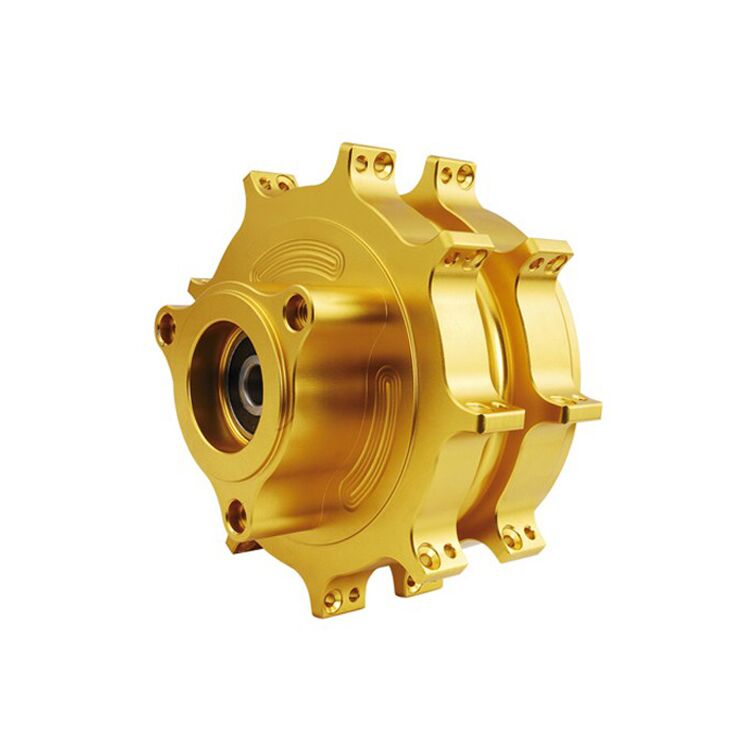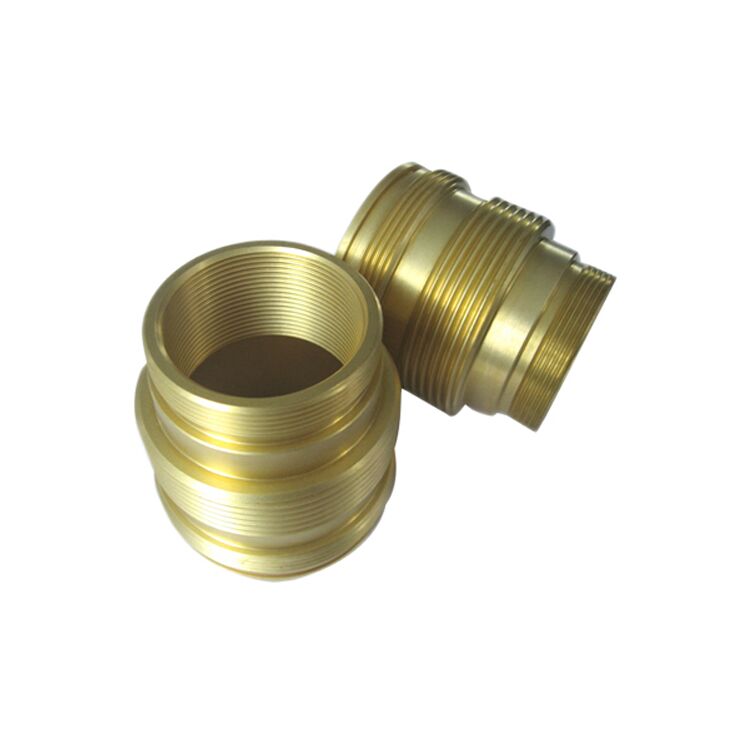Is Bronze Heavier Than Brass? Exploring Metal Density and Uses
 May 08,2024
May 08,2024

Bronze typically has a density ranging from 7,400 to 8,900 kg/m³, depending on its specific alloy composition. This density makes bronze heavier than brass and suitable for applications that require strength and durability, such as sculptures and industrial components.
Bronze generally has a higher density compared to brass, making it heavier and suitable for applications that require durability and stability. On the other hand, brass, being lighter, is often chosen for its ease of machinability and excellent acoustic properties, making it ideal for musical instruments and decorative items. At Tuofa CNC Machining, we consider these differences in density and weight to recommend the best metal for each specific application.
Understanding Bronze and Brass
At Tuofa, we specialize in CNC machining and have extensive experience working with various metals, giving us insights into the unique physical properties of both bronze and brass.

Composition of Bronze and Brass
Bronze and brass are both copper-based alloys, yet they differ significantly in their secondary components. Bronze is primarily an alloy of copper and tin, which has been used since ancient times for its hardness and durability. On the other hand, brass is made from copper and zinc, giving it malleability and a bright, gold-like appearance. These differences in composition not only affect their physical appearance but also their mechanical properties, including weight.
|
Alloy |
Primary Components |
Typical Composition |
|
Bronze |
Copper and Tin |
Copper: 88%-95%, Tin: 5%-12% |
|
Brass |
Copper and Zinc |
Copper: 55%-90%, Zinc: 10%-45% |
Physical Properties That Affect Weight
The weight of a metal alloy is directly influenced by its density, which in turn is determined by the types of metals used in the alloy and their respective quantities. The presence of tin in bronze generally makes it denser than brass, which contains zinc, a lighter element. Understanding these properties is crucial for applications where weight is a factor in material selection.
Weight of Bronze Vs Weight of Brass
When comparing the weight of bronze to that of brass, it's essential to consider their densities, as this is the key factor influencing their respective weights for the same volume of material. Here's a simple comparative analysis based on their typical densities:

Comparing the Density of Bronze and Brass
Bronze is denser than brass, suited for heavy-duty uses; brass is lighter, ideal for musical instruments and decor.

What Determines Density in Alloys?
The density of an alloy is determined by its composition—the types and quantities of metals used. The atomic mass of tin (in bronze) is higher than that of zinc (in brass), which generally results in a higher density for bronze. This aspect is crucial in applications where durability and weight are essential factors, such as in the construction of statues or historical markers.
Density Measurements of Bronze vs. Brass
Density Comparison
Bronze: Typically has a density ranging from 8.8 to 8.9 grams per cubic centimeter.
Brass: Generally has a lower density, usually around 8.4 to 8.7 grams per cubic centimeter.
Weight Calculation Example
To illustrate how the difference in density affects weight, let's calculate the weight of one cubic centimeter of each metal:
Weight of Bronze (per cubic centimeter):
Weight=Density×Volume=8.9 grams/cm3×1 cm3=8.9 grams
Weight of Brass (per cubic centimeter):
Weight=Density×Volume=8.7grams/cm3×1cm3=8.7grams
|
Material |
Density (grams per cubic centimeter) |
|
Bronze |
8.8 - 8.9 |
|
Brass |
8.4 - 8.7 |
Bronze Hardness Vs. Brass Hardness
Hardness is a critical factor in selecting a metal for specific applications. Bronze, with its tin component, tends to be harder than brass. This characteristic makes it more resistant to wear and tear, suitable for bearings, clips, electrical connectors, and springs. Brass, being softer, is easier to machine and is often used where low friction is needed, such as in locks, gears, and valves.
Practical Applications Based on Weight and Strength
At Tuofa CNC Machining, we match metals like brass and bronze to their applications based on weight and strength needs.
Use Cases in Industry
The choice between bronze and brass significantly affects their application in various industries. For instance, in marine environments, bronze's higher strength and corrosion resistance make it preferable for propellers and submerged bearings. Conversely, brass is favored in decorative arts and architecture for its bright, gold-like finish and excellent machinability.
Choosing Between Bronze and Brass
When selecting the appropriate metal for a project, consider factors such as environmental exposure, mechanical stress, and aesthetic requirements. Bronze is suitable for high-stress applications requiring durability and corrosion resistance, while brass is ideal for decorative items and components not exposed to harsh environmental conditions.
Choose the right metal for your project
In applications where material weight is a crucial factor, such as in statuary or historical markers where stability and longevity are required, the higher density of bronze makes it a preferred choice for CNC machining bronze components. Conversely, in applications where lighter weight might be advantageous, such as in decorative items or certain musical instruments, CNC machining brass might be favored.
At Tuofa CNC Machining, located in China, we consider these characteristics when advising you on custom material selection, ensuring that your project utilizes the most appropriate metal not only for its functional requirements but also for its intended application and environment. Whether you need custom CNC machining brass or bronze parts, our expertise ensures precision and quality in every component we produce.
Conclusion
In conclusion, while bronze is typically heavier than brass due to its density, each metal has its unique strengths and suitable applications. At Tuofa, we recommend considering both the physical properties and the project requirements when choosing between these two versatile alloys.
Frequently Asked Questions
Does Heavier Metal Mean Better Quality?
Heavier does not necessarily mean better. The application determines the quality of the metal. For instance, the lighter weight of brass makes it more suitable for applications where ease of machining and aesthetic appeal are priorities.
Can Bronze and Brass Be Used Interchangeably?
While they can sometimes be used interchangeably, it is essential to consider the differences in strength, corrosion resistance, and weight. For example, replacing brass with bronze in marine fittings can significantly enhance durability.
 Tel/WeChat:
Tel/WeChat:  Email:
Email: 
 Home
Home
 304 VS 301 Stainless Steel: Which is Better
304 VS 301 Stainless Steel: Which is Better 







